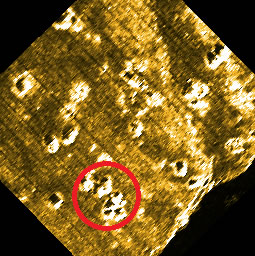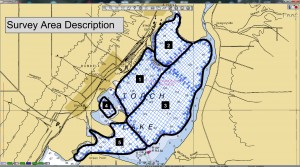PROJECT OBJECTIVES

The concerns at Torch Lake and the surrounding areas identified by the MDEQ include known or suspected impacts to groundwater, surface water, sediments, and upland media that were not addressed under the Superfund program. Environmental impacts that will be evaluated under this SOW include, but are not limited to the assessment of the following:
- Unidentified, significant in-lake and/or terrestrial sources of contamination including polychlorinated biphenyls (PCBs);
- Underwater investigation, and lake bottom mapping of uncharacterized waste deposits, including more than 750 uncharacterized drums, reportedly, on the lake bottom;
- Bulk disposal areas, including stamp sand deposits, slag dumps, and landfills; and,
- Industrial ruins including coal storage areas, underground storage tanks (USTS), asbestos containing materials (ACM), and any other waste materials identified in future investigations.
The objectives of the project are to support a comprehensive management approach that will guide MDEQ’s decision making process in addressing risks present at the Site. The primary focus of the project is to ascertain the source, nature, and extent of contaminants (including PCBs) in all affected environmental media (soil, groundwater, surface water, and sediments) within Torch Lake, including former industrial areas along the shoreline.
SCOPE OF WORK
 Investigations will include the assessment of the following sites in survey areas 1 and 2:
Investigations will include the assessment of the following sites in survey areas 1 and 2:
- Trap Rock Slag Dump;
- Torch Lake Backwater;
- Lake Linden Beach (stamp sands, campground, beach, day park, and boat launch);
- Calumet Stamp Mill;
- C&H Power Plant (exclusive of on-going EPA efforts);
- Hubbell Coal Dock;
- Mineral Building;
- Peninsula Copper Industries (PCI) property;
- Hubbell Red Slags; and,
- Hubbell Slag Dump (including beach, marina and the bay).
During 2014, the activities, operations, and wastes related to the former industrial areas will be researched and documented. Terrestrial and underwater surveys will be conducted to identify, drum and waste deposits. Sediment, surface water, groundwater, soil, and waste samples will be collected and analyzed, and a comprehensive outreach and public education plan will be developed and executed.